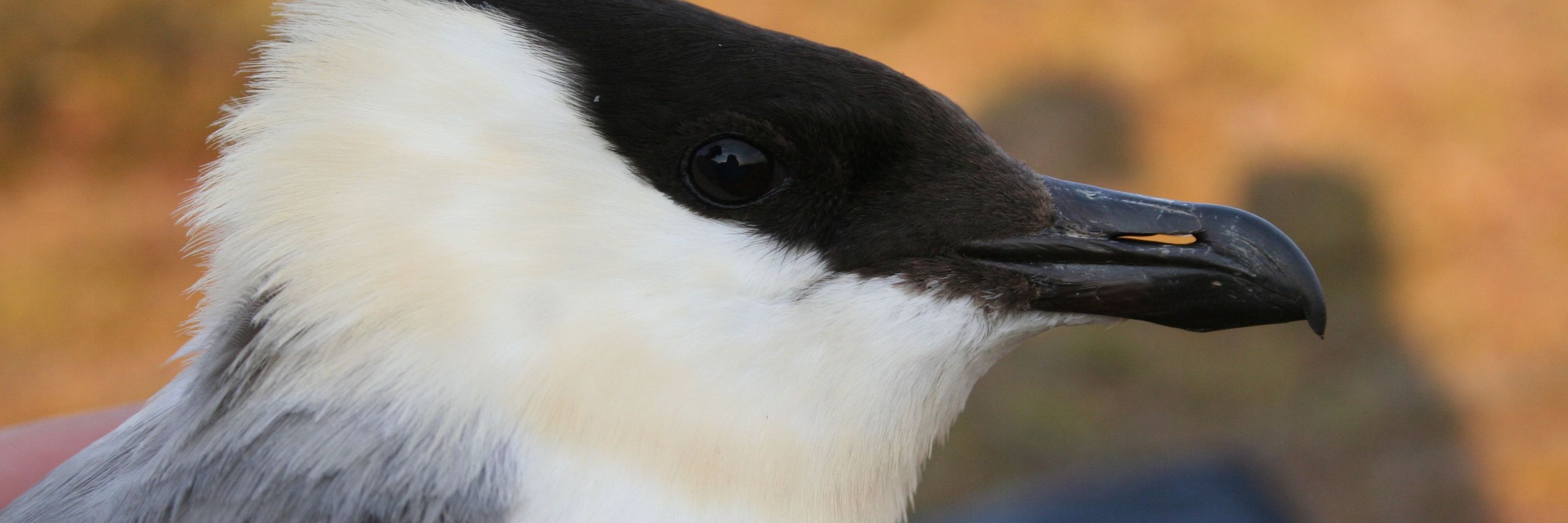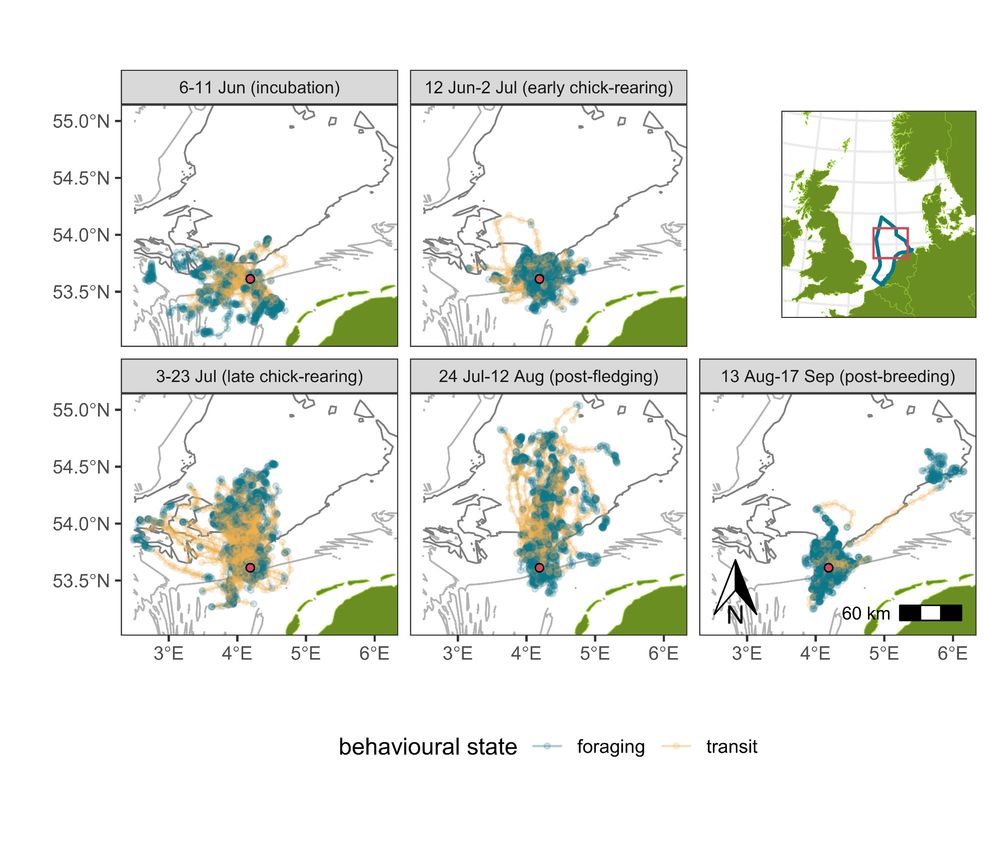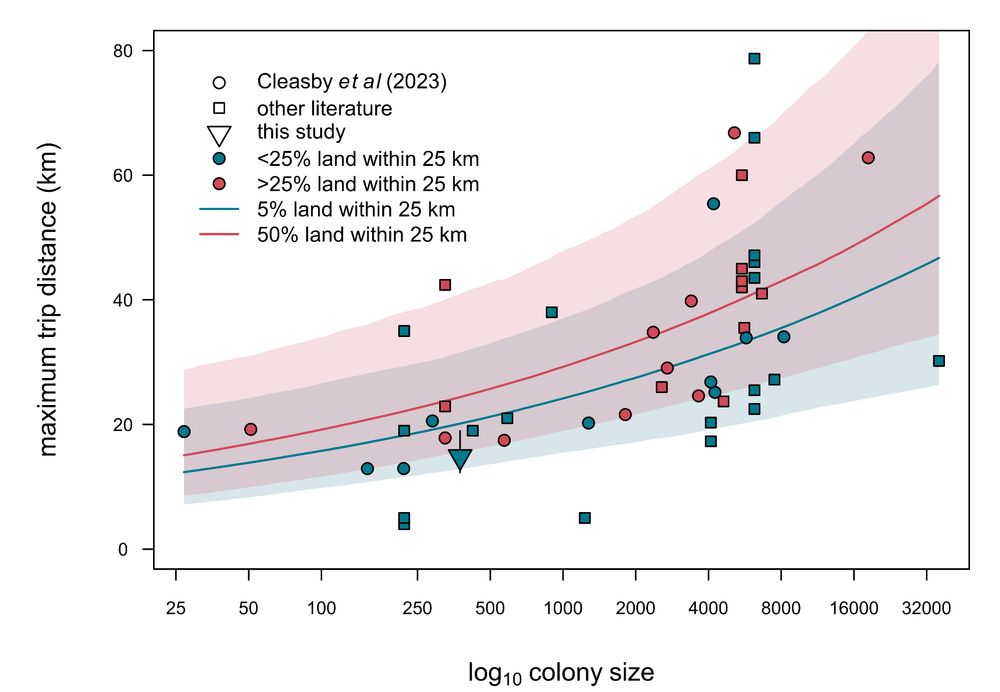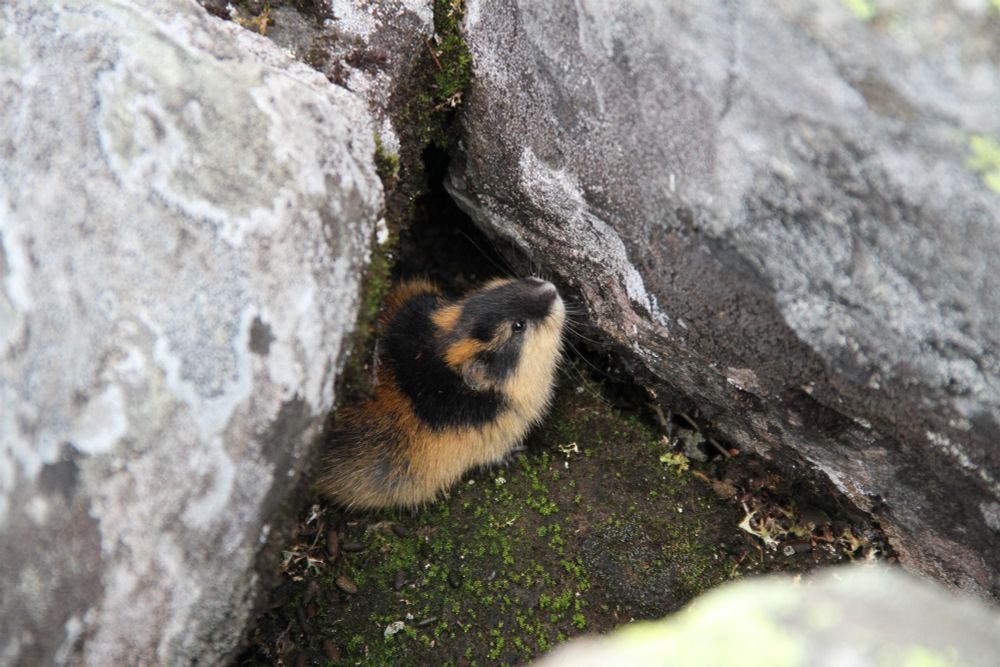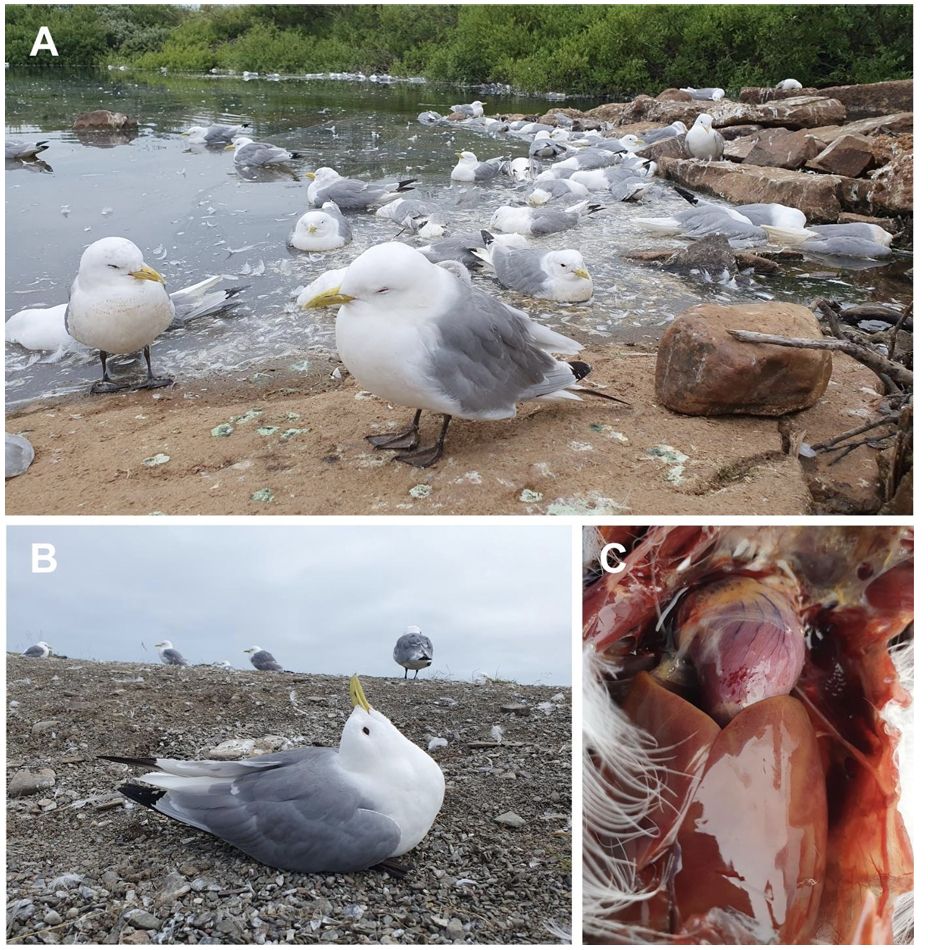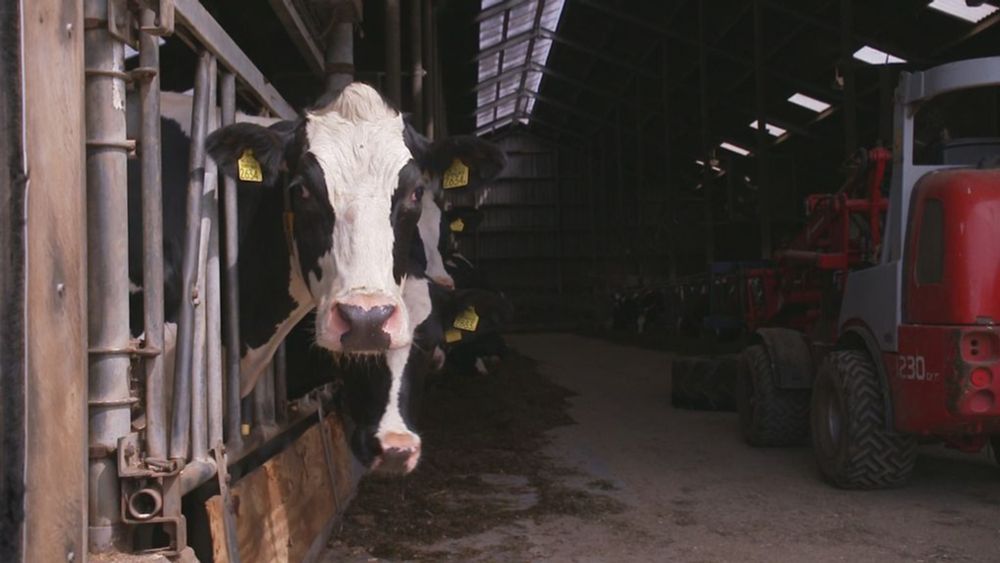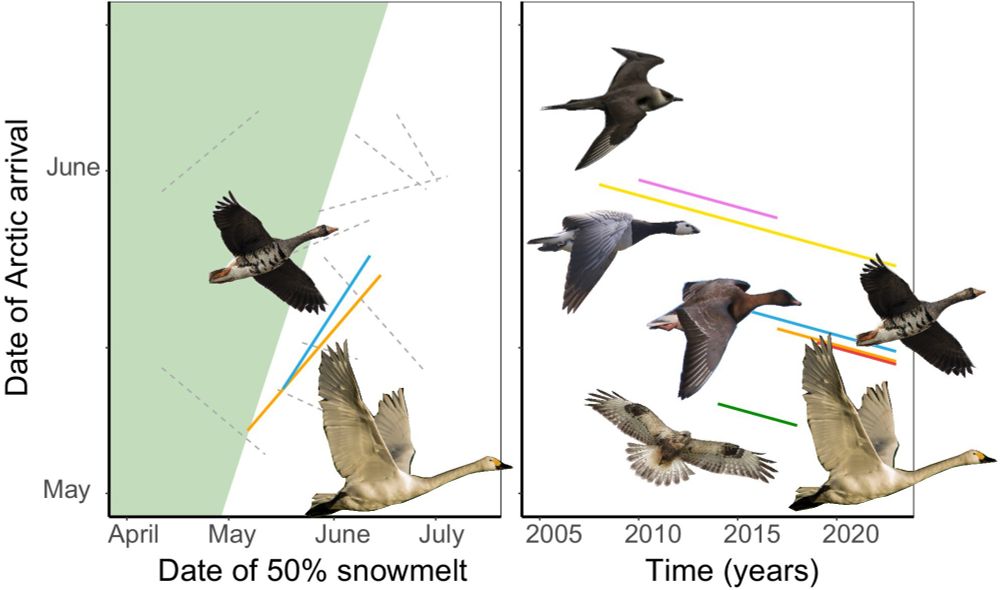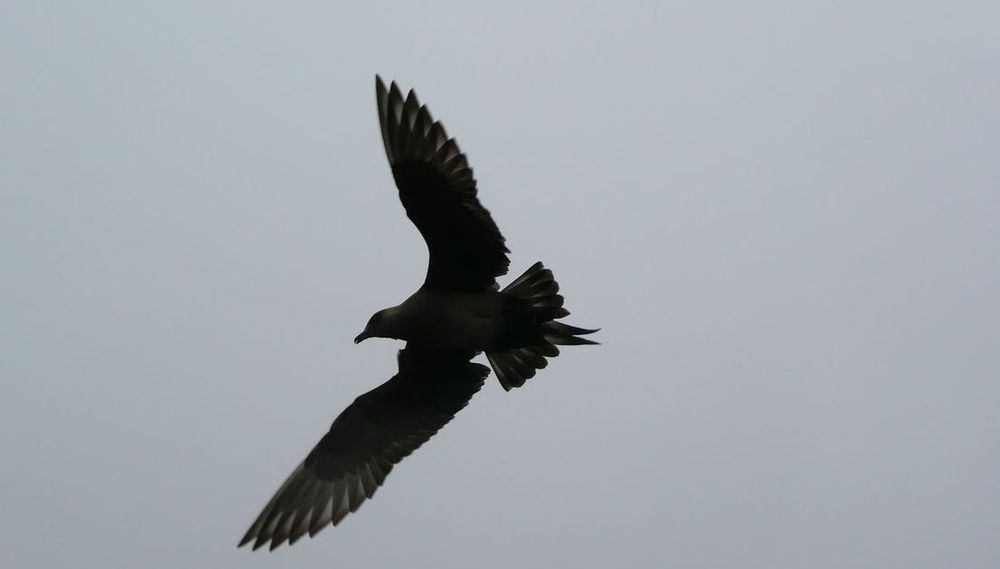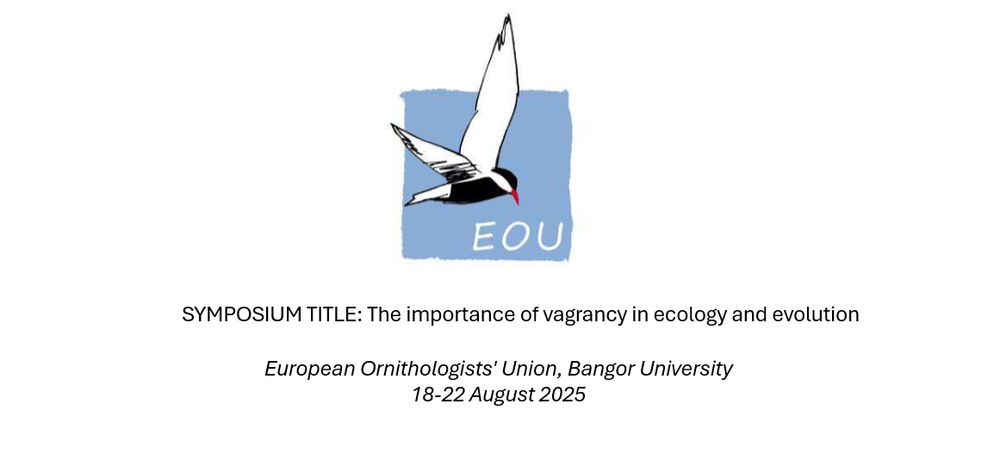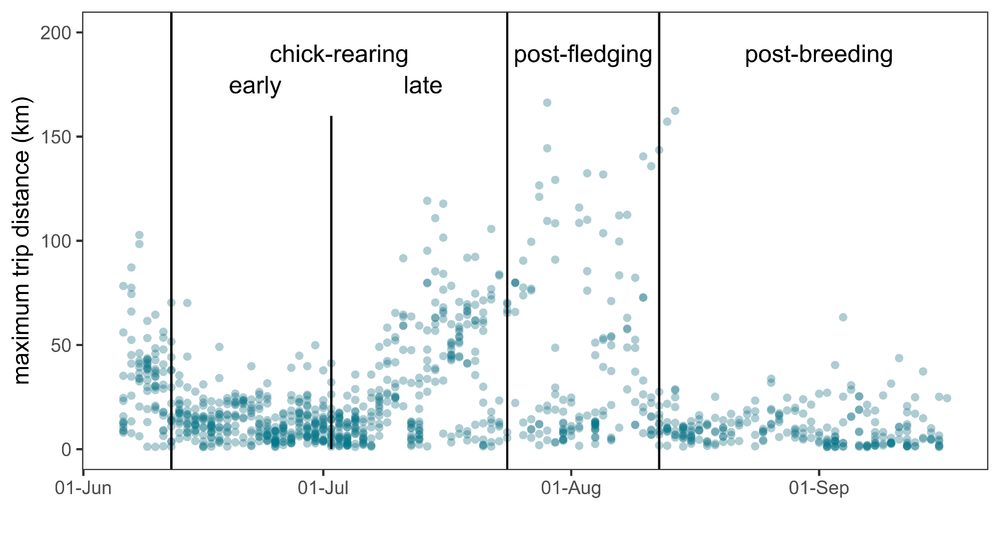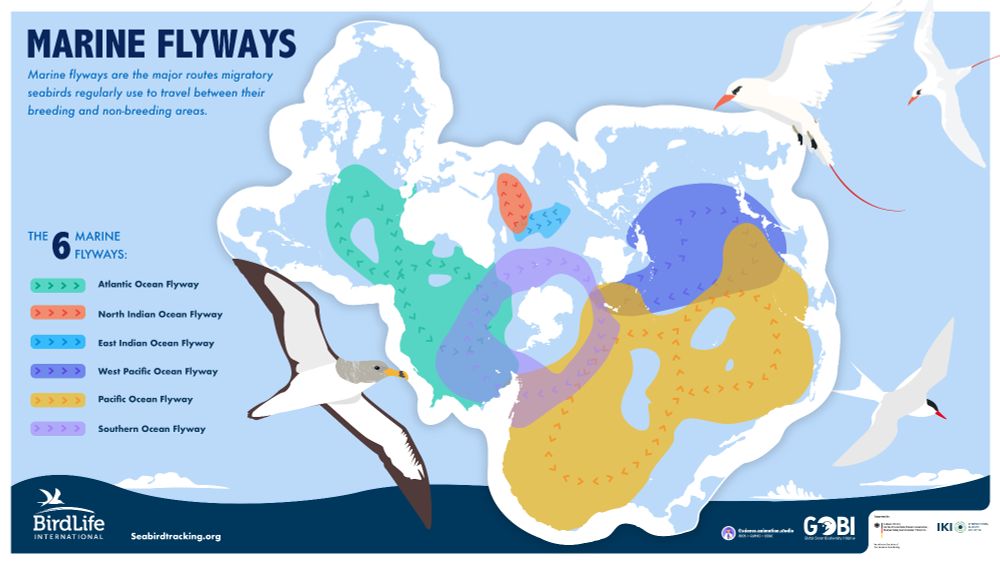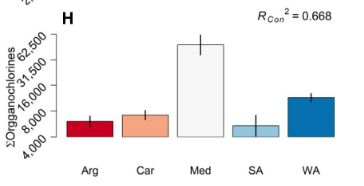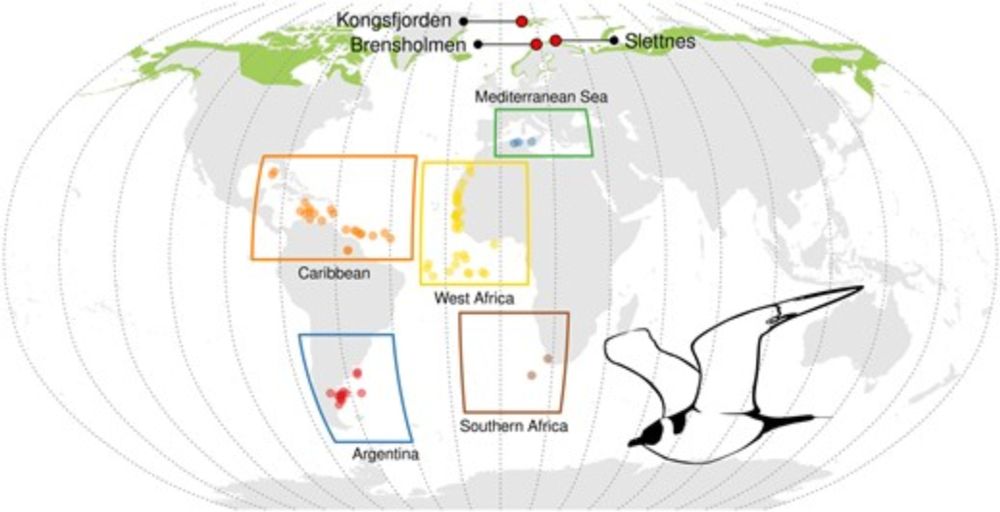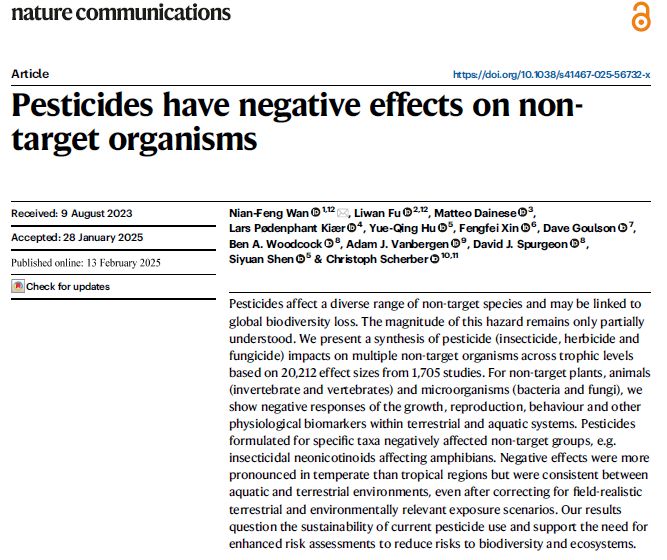Rob van Bemmelen
@robvanbemmelen.bsky.social
430 followers
220 following
20 posts
Dad, birder, sound recorder, ecologist mainly studying (North Sea) seabirds, tracking terns, skuas and phalaropes.
Posts
Media
Videos
Starter Packs
Pinned
Reposted by Rob van Bemmelen
Reposted by Rob van Bemmelen
Reposted by Rob van Bemmelen
Reposted by Rob van Bemmelen
Reposted by Rob van Bemmelen
Reposted by Rob van Bemmelen
Nick Haddad
@nickhaddad.bsky.social
· Mar 6
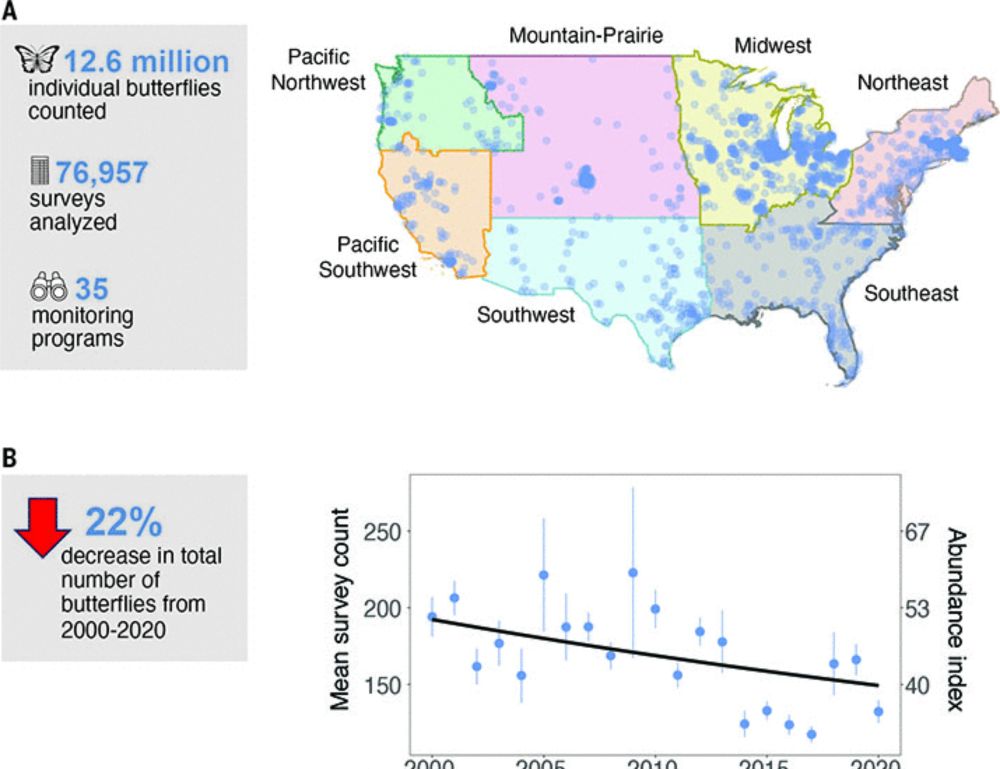
Rapid butterfly declines across the United States during the 21st century
Numerous declines have been documented across insect groups, and the potential consequences of insect losses are dire. Butterflies are the most surveyed insect taxa, yet analyses have been limited in ...
www.science.org
Reposted by Rob van Bemmelen
Reposted by Rob van Bemmelen
Elina Mäntylä
@elinamantyla.bsky.social
· Feb 17
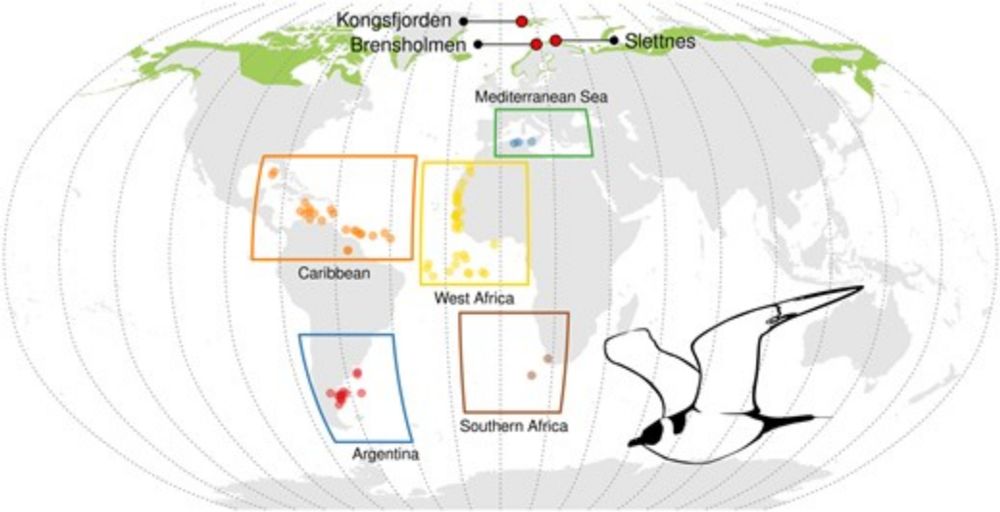
The pollution fast-track to the Arctic: how southern wintering areas contribute to organochlorine loads in a migrant seabird breeding in the Arctic
Abstract. This study examines how southern wintering areas may contribute to organochlorine (OCs) loads in arctic seabirds during breeding. Light-sensitive
academic.oup.com
Reposted by Rob van Bemmelen
Reposted by Rob van Bemmelen
Reposted by Rob van Bemmelen
Annie Leymarie
@annieleymarie.bsky.social
· Feb 13
The Guardian
@theguardian.com
· Feb 13
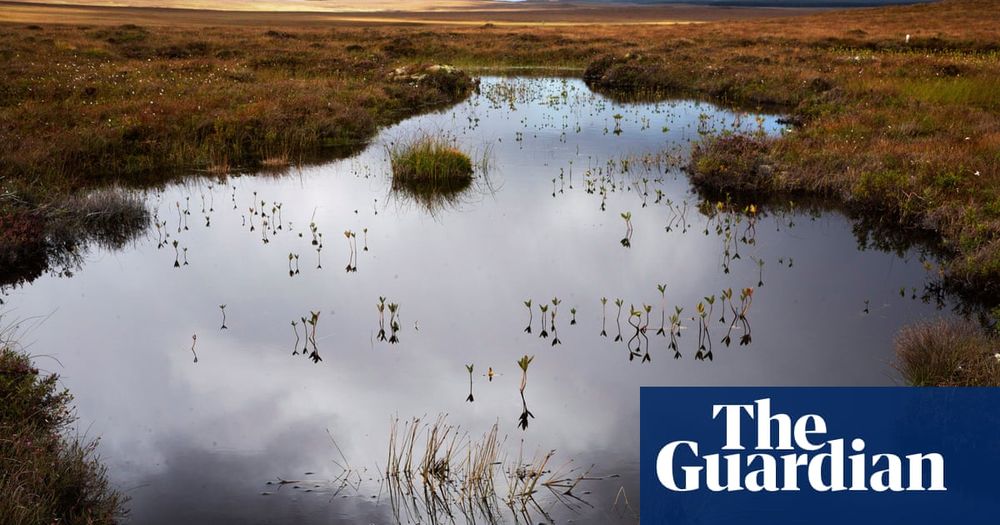
World’s largely unprotected peatlands are ticking ‘carbon bomb’, warns study
Bogs and swamps are a colossal carbon store but their continued destruction would blow climate change targets
The world’s peatlands are “dangerously underprotected” despite the colossal amount of climate-heating carbon dioxide already being emitted due…
www.theguardian.com
Reposted by Rob van Bemmelen
Rebecca Heisman
@rheisman.bsky.social
· Jan 30
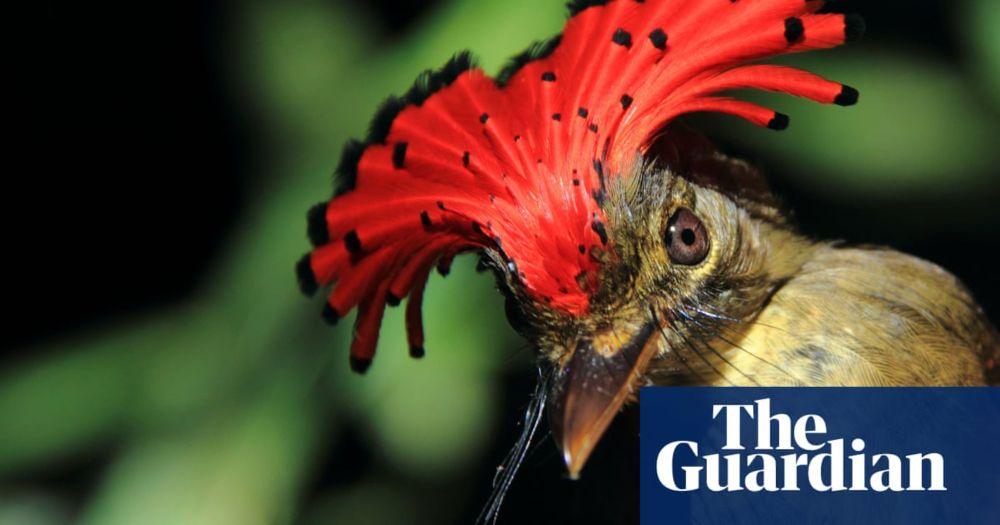
In the most untouched, pristine parts of the Amazon, birds are dying. Scientists may finally know why
Populations have been falling for decades, even in tracts of forest undamaged by humans. Experts have spent two decades trying to understand what is going on
www.theguardian.com
